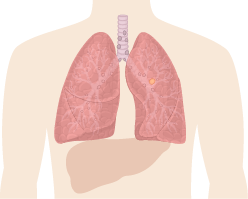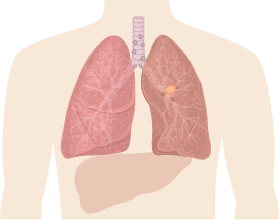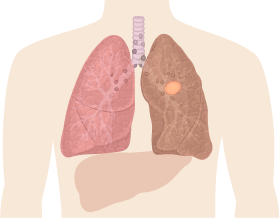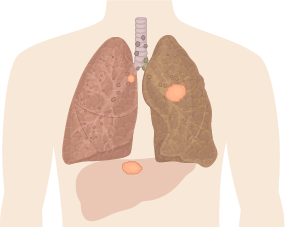Most lung cancers do not cause any symptoms until they have spread. Therefore, they are often diagnosed at a late stage. If the cancer has already spread outside the lungs, the prognosis for patients is very poor.
But because of new effective treatments, this is changing. Over the past decades, significant advancements have been made in the treatment of lung cancer. Research has led to more survivors and more hope to those still facing the disease.









